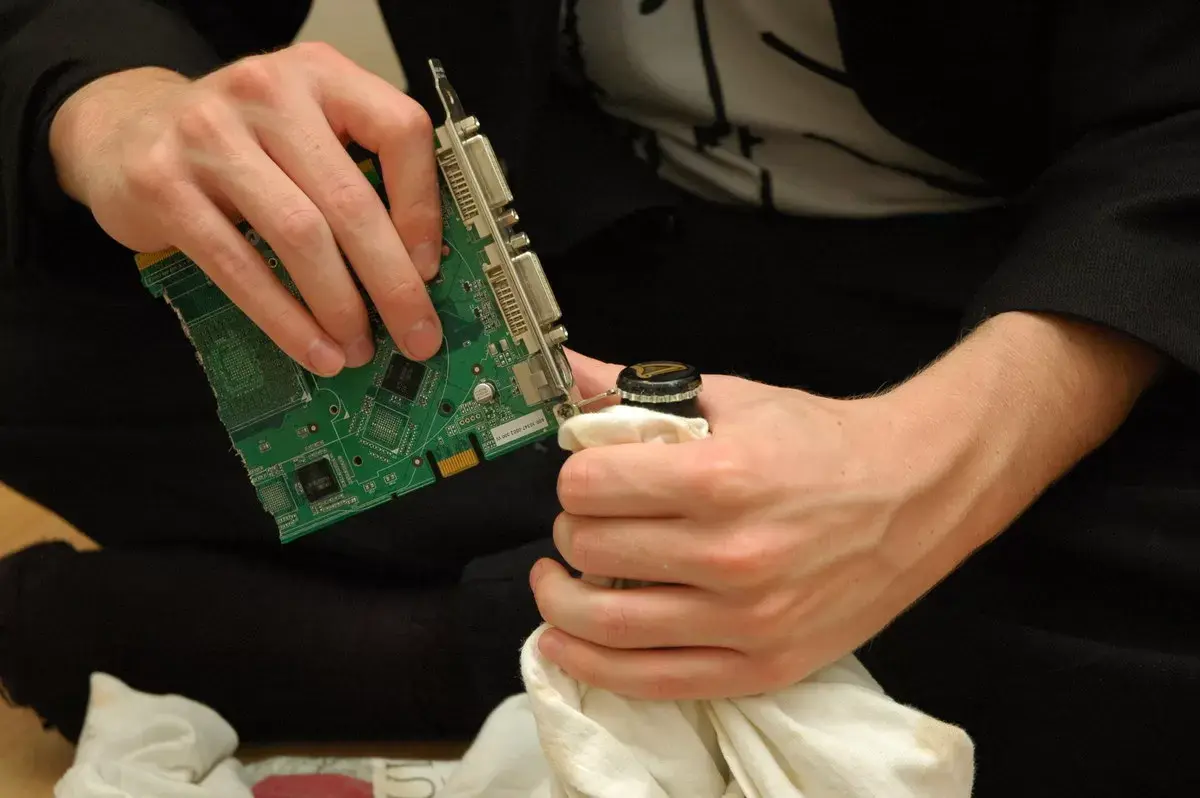Luis Chamberlain sent out the modules changes today for the Linux 6.6 merge window. Most notable with the modules update is a change that better builds up the defenses against NVIDIA’s proprietary kernel driver from using GPL-only symbols. Or in other words, bits that only true open-source drivers should be utilizing and not proprietary kernel drivers like NVIDIA’s default Linux driver in respecting the original kernel code author’s intent.
Back in 2020 when the original defense was added, NVIDIA recommended avoiding the Linux 5.9 for the time being. They ended up having a supported driver several weeks later. It will be interesting to see this time how long Linux 6.6+ thwarts their kernel driver.



I have an RDNA3 card (upgraded from a 1080) and am running a multi-boot triple-head setup with mixed refresh rates (60, 144).
Pros: most things work and work well. Installation of the physical card went without a hitch and it was relatively simple to install the drivers. No issues with web video, streaming, video encoding, or standard use.
Cons: mesa, amdgpu, and Windows drivers are all lacking significant features - I am still unable to reliably control fan curves/speeds, clock speeds, etc. FreeSync is unusable as well. I have also been experiencing regular crashes on certain games (BG3, Apex Legends, etc.) and support has been nonexistent, despite similar complaints from other users. When the card does crash, it usually results in a ring timeout and an accompanied total session crash. AMD does not seem to be responsive to these issues in either their official forum or any other space where people are lodging complaints.
The hardware seems fine; the drivers are the main issue. If I had to do it over again, I’d hold my nose and buy NVIDIA.
EDIT: regarding the cursor issue, I’ve had to switch to a software cursor on Linux. The hardware cursor wasn’t showing up at all.
Regarding game-specific issues, it seems a lot of problems stem from either a greedy low power mode or DirectX issues. I’ve had to set udev rules to alleviate some of my issues, but it hasn’t solved everything.
EDIT 2: For anyone who comes across this post, it seems like the vast majority of the crashes on linux have been resolved as of kernel 6.7. Still lacking fine-grained control over fans/clocks, but stability seems much improved.
The ring issues are killing me right now on my Radeon 680M. This isn’t brought up enough when people talk about using AMD on Linux.
Odd, Freesync should work for you though? What’s the issue you’re experiencing?
Agreed, AMD is not perfect, it’s still an arguably better experience than Nvidia, but it’s still not great at times
I don’t really see the better experience to be honest. Sure, AMD is a lot better on laptops, but on desktops I still prefer Nvidia. DLSS, raytracing, Optix, CUDA are all killer features that I need that AMD doesn’t really have an answer for. Sure Wayland is great, but it doesn’t outweigh the disadvantages of not having those technologies.
Meanwhile both my AMD GPUs (Vega 64 and Radeon 680M) have been crash happy with gfx timeouts and ring0 errors.
deleted by creator
It was inconsistently causing gamma flickering with certain fullscreen applications. I haven’t seen it since disabling it on my monitor.
Are you using wayland by any chance? Freesync was also causing flickering when i was trying out wayland recently, so i guess i’ll be staying on xorg lol.
Nope, X and i3 here.
Ah, that’s unfortunate, was worth a shot.